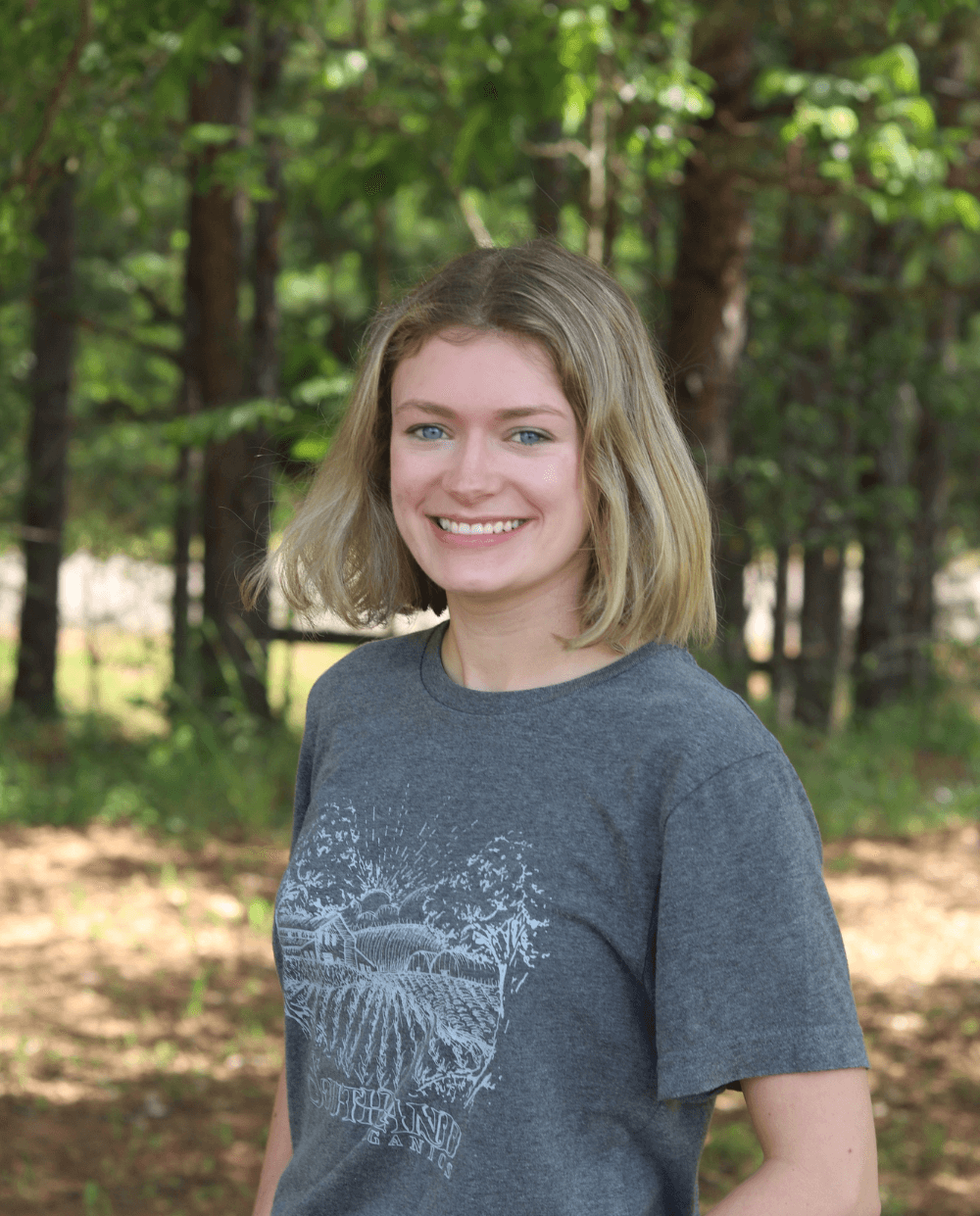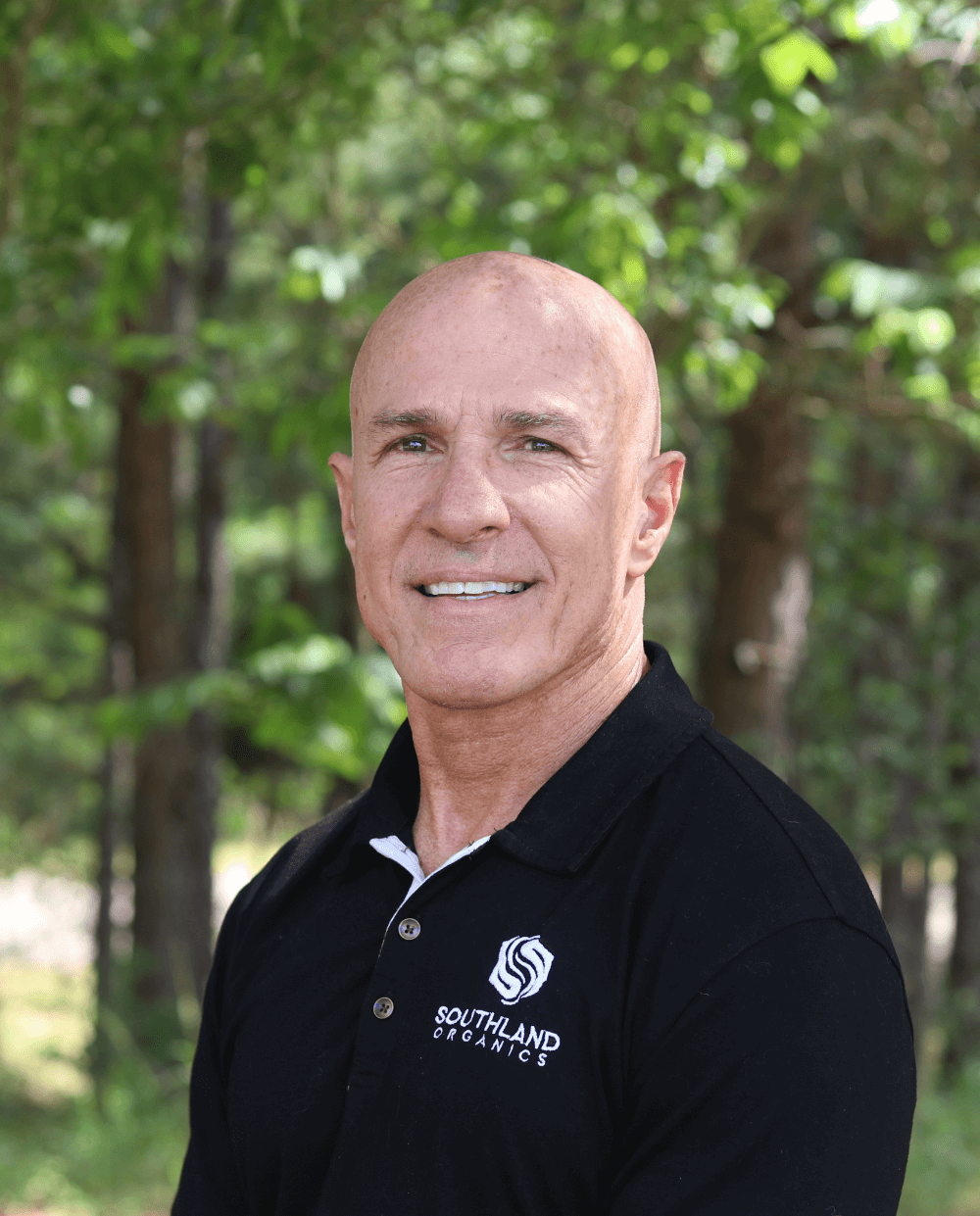Maintaining your Ventilation Systems' Pulleys and Belts
There are plenty of elements that go into having adequate air exchange in your poultry houses, but today we're going to give some tips on maintaining your fans' transmission. The motor for your fans is like an an engine, and the blades are like the wheels. We're going over the ventilation equipment that handles the transmission of power from the motor to fans: Pulleys and belts.
Belt Choice

You can choose a regular belt or a and slotted belt for your fans' pulleys. It's really up for debate which is better, but most farmers have strong preferences either way. For this video, our friends at Georgia Poultry gave us samples of each to show.
Belt Placement and Capacity
Some folks think that the best way for a belt to sit on a pulley is for it to be really far down into the pulley, touching the V shape as much as possible. This is not actually the case. It's best for a belt to not be touching the pulley all the way, and instead be riding high into the pulley.
If the belt is not even with the edges of the pulley, it is likely worn, the wrong size or the pulley has worn into a U instead of a V shape. If this occurs, you will lose fan speed.
A loose or improperly fitted belt can lose as much as 25% in capacity. Even if you lose 5% capacity, your poultry housing operation can still be negatively impacted. Many of you know that birds can more easily die when their body temperature is too high, especially if you live somewhere like Georgia that has really hot weather.
You want as much capacity on your belts as possible. If you're running a fan with a low belt capacity, it can wear out and your fan will stop running entirely.
Belt Tension
Loose belts lose efficiency, and lost efficiency costs you money! To help maintain tension, you can use a tensioner. Georgia Poultry supplied us with a tensioner as an example for this video.
Cleaning Fans

Always keep your fans and shutters clean and free of debris. According to the UGA Poultry House Ventilation site, you can lose as much as 20% airflow if your shutters are dirty. While you want overall clean fans, you'll also want tools like your tensioner clean. However, this doesn't mean you should blast water on them. They need to be cleaned more gently so their bearings don't deteriorate.
Pulley Alignment
It's important to keep your pulleys aligned. This helps the longevity of your belts. You may need a laser alignment tool to maintain pulley alignment.
Some folks will try to increase their pulley size in order to increase airflow. While this will get your fans more speed, it will also increase power usage. If the power needed from a motor becomes excessive, it will burn up your motor.
Make Time for Maintenance
Let's summarize pulley and belt maintenance in a ventilation system: If your pulleys are in alignment, you have proper tension and your belts are sitting correctly in the pulleys, you should be good to go. If not, you can go through a motor faster and risk losing your system's capacity.
As one of our farmer friends always says, if you don't make time for maintenance, it will make time for you! Quick fixes can cost you more in the long run than stopping to properly maintain your equipment.
Importance of Air Movement and Fresh Air in Poultry Houses

Ventilation in poultry houses is essential for successful poultry production. First of all, it's central to heat abatement. Birds eliminate body heat by breathing (evaporation), convection (air movement), and radiation. If air in a poultry house isn’t moving enough, birds will pant to increase heat dispersal via evaporation. This uses energy that should be focused on growing you a bigger bird. On top of that, heat stress is one of the greatest non-disease threats a flock can face.
Poultry farm ventilation also removes excess moisture from houses. This reduces relative humidity. For an example of this impact, a 20 degree increase in warm air temperature doubles the moisture holding capacity in a poultry house.
Ventilation prevents moisture collection on walls and ceilings, helps with odor management, removes dust and dilutes organisms that cause airborne diseases.
Without ventilation, heat from the birds, carbon dioxide and ammonia will all build up inside of the house. Ventilation ensures enough oxygen is available and harmful gas levels are low enough to not cause a negative impact on your birds.
Types of Pressure in Ventilation
Negative Pressure
Negative pressure is the entry of air through inlets in the house ceiling and walls and mobilized by fans. In this system, air inside the house is heated by the birds and mechanically expelled by fans.
Neutral Pressure
Neutral pressure systems require more fans. Fans pull air in as well as push air out.
Types of Ventilation Systems
Natural Ventilation
Natural ventilation is done with ambient air. It's typically controlled with curtains and is not at all prevalent in the commercial poultry today, in part because it is associated with high ammonia levels.
Tunnel Ventilation
In tunnel ventilation, air inlets allow ambient air to enter the house. Air passes over birds and is heated by their body heat, and then air is expelled at the opposite end of the house as where it entered. This is the most common ventilation system in the commercial poultry industry.
Related Topics
In the same vein as ventilation is evaporative cooling, which uses water in cooling cells to produce a flow cold air in a poultry house. To learn more, check out our video and blog on evaporative cooling.
We also touched on motors. For more information on motor maintenance, see our interview with a motor expert.
Contact Us
If you have a suggestion for a future Poultry Biosecurity topic or would like more information on our business or products, contact Allen Reynolds at allen@southlandorganics.com or 800-608-3755.






